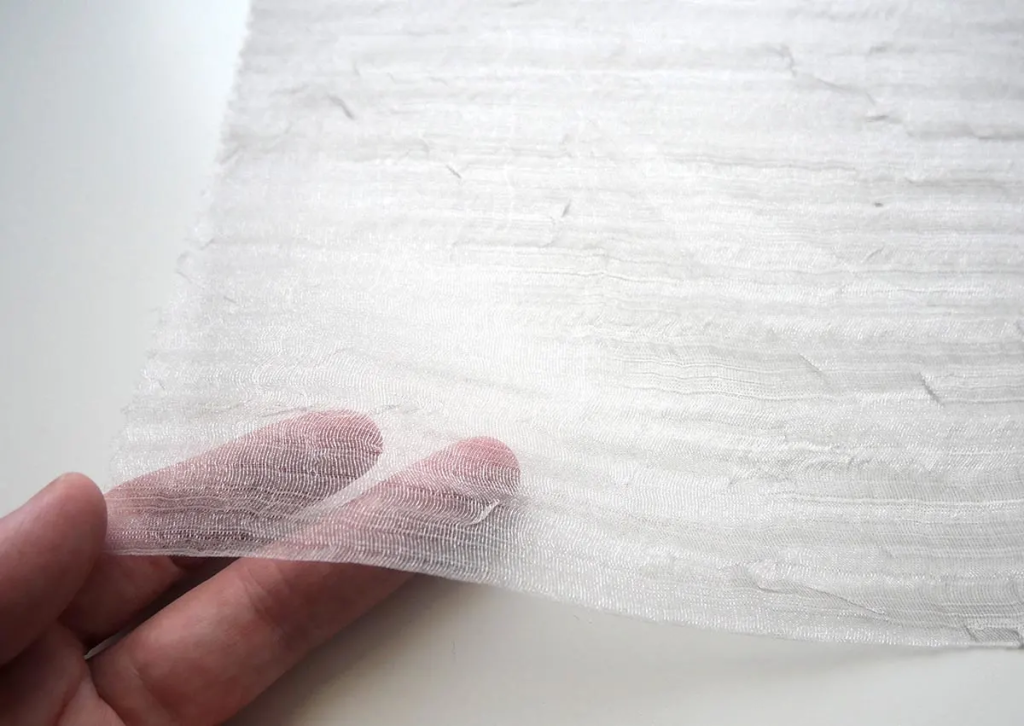Interfacing fabric is an important however frequently underestimated component on the planet of stitching and dress construction. It acts as a crucial stabilizer, giving structure and help to textiles, especially those who may lack the necessary fat or tone for certain projects. Whether you’re creating a designed blazer, a sensitive blouse, or even a quilted masterpiece, interfacing plays a crucial role in elevating the overall quality and durability of the finished piece.
One of many main functions of interfacing is to avoid textiles from extending or distorting through the stitching process. This is particularly crucial whenever using lightweight or fine resources, ensuring that the final outfit retains its intended shape. Interfacing can be placed on numerous places such as collars, cuffs, and plackets, reinforcing these parts for included stability.
Interfacing will come in different forms, including fusible and sew-in varieties. Fusible interfacing is applied by ironing, making an attachment between the interfacing and the fabric when temperature is applied. Sew-in interfacing, on the other hand, is attached into the garment. The choice between both depends on the task demands, cloth form, and particular preference. Each type of interfacing has its benefits, offering mobility in software based on the ideal outcome.
When choosing interfacing, factors such as weight, fibre material, and the intended utilization of the garment come into play. For lightweight textiles, a light interfacing is advised to prevent putting unnecessary majority, while heavier materials may possibly involve a stronger interfacing to supply ample support. Moreover, interfacing is found in several fibre compositions, including cotton, polyester, and combinations, allowing for compatibility with a wide range of fabrics.
Interfacing runs beyond the realm of apparel, locating purposes in quilting and home decor projects. In quilting, interfacing can be used to stabilize material for complicated patterns or to incorporate dimension to certain elements. When integrated in to house decoration things like drapes or pillowcases, interfacing plays a role in the durability and professional finish of the last product.
Knowledge the nuances of interfacing program is vital for achieving skilled effects in stitching projects. The strategy involves careful chopping and location to ensure that the interfacing gives Interfacing Fabric in which it’s needed without being obvious from the outside. Proper request benefits in a dress that not only appears finished but also maintains its form and design around time.
Interfacing is a versatile instrument that allows for innovative term in clothing construction. Beyond its sensible features, it may be logically used to experiment with textures, include decorative things, or create unique style features. The unseen nature of interfacing belies its substantial impact on the entire artistic and endurance of the completed part, which makes it a behind-the-scenes hero in the artwork of sewing.

In conclusion, interfacing cloth is a quiet hero on earth of stitching, offering critical help and structure to outfits and projects. Their role in stabilizing textiles, stopping distortion, and increasing over all quality cannot be overstated. Whether you’re a professional seamstress or a novice, understanding the varied applications and forms of interfacing opens up a full world of possibilities for elevating your sewing projects to new heights.
